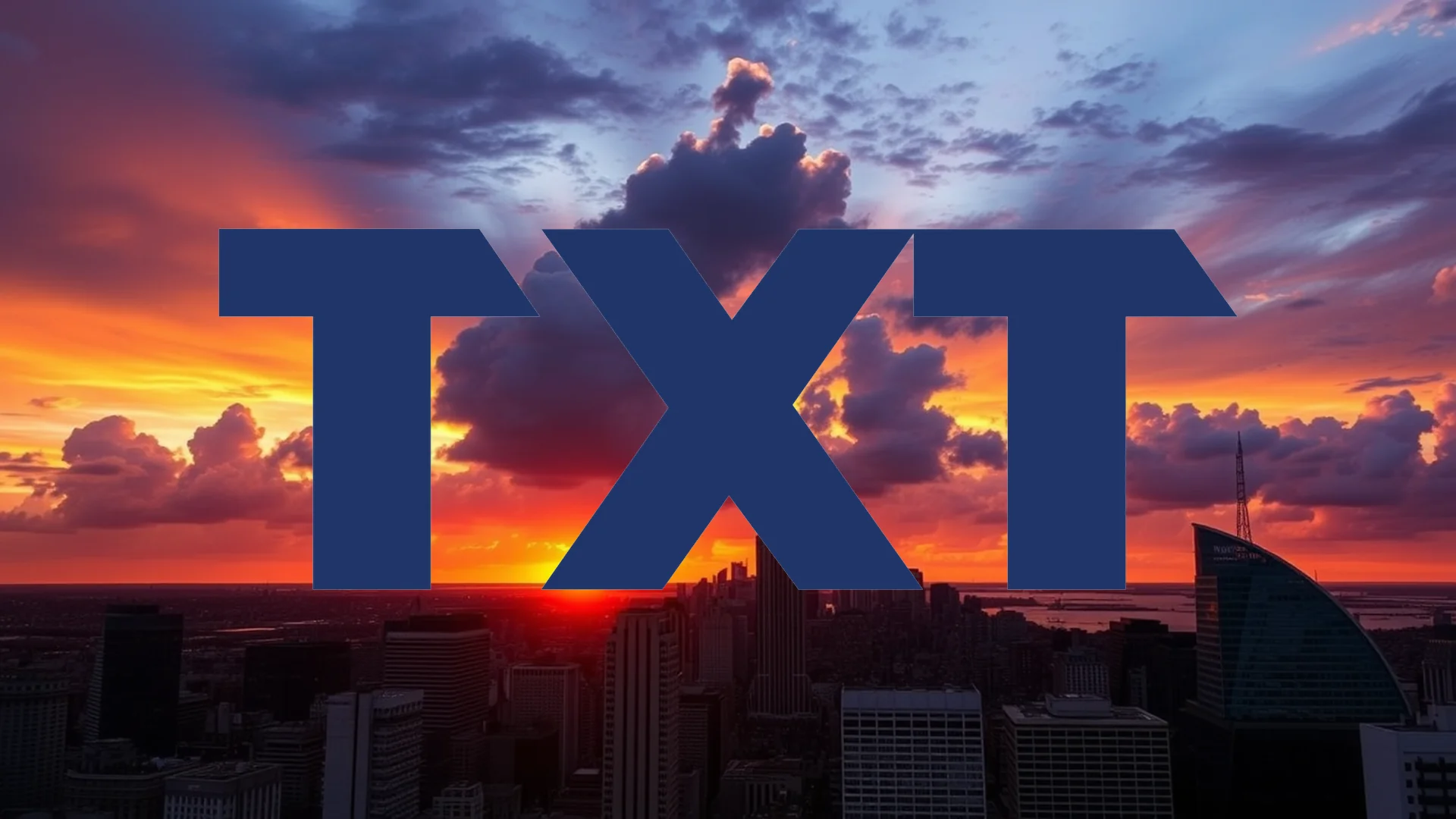Comcast Corporation finds itself at a critical inflection point, embarking on what may represent the most significant strategic shift in its corporate history. The media behemoth’s decision to spin off its traditional television networks raises fundamental questions about its future trajectory. Will this bold maneuver reverse the company’s declining fortunes, or could it potentially accelerate its challenges in an evolving media landscape?
Financial Performance Reveals Diverging Trends
Recent quarterly results highlight Comcast’s complex position in the market. The company reported a 2.7% year-over-year revenue decline, yet managed to surpass both profit and sales expectations. Its cash generation remained robust at $4.95 billion, while the wireless segment demonstrated remarkable strength by adding 414,000 new subscribers—a record performance for the division.
This financial picture reveals a company in transition: while core business segments show weakness, ancillary operations are gaining momentum. The upcoming opening of “Epic Universe” in Orlando is expected to boost theme park revenues, and the Peacock streaming service continues to build subscriber traction. The central question remains whether these growth areas can sufficiently offset the ongoing erosion of traditional television viewership.
The VERSANT Spin-off: Strategic Masterstroke or Desperate Gamble?
Under the leadership of CEO Brian Roberts, Comcast is preparing to separate its television networks—including USA Network, CNBC, and E!—into a new publicly traded entity called VERSANT. This radical restructuring, scheduled for early 2026, represents a fundamental reorientation away from the declining linear television business toward emerging growth sectors.
Should investors sell immediately? Or is it worth buying Comcast?
The timing of this move has drawn scrutiny from market observers. With Comcast shares down more than 30% since the beginning of the year and trading near 52-week lows, some question the rationale behind launching such a transformative initiative at this particular juncture. While the transaction’s anticipated tax-free status for shareholders offers some consolation, the underlying business challenges persist.
December Investor Day: A Defining Moment
All eyes now turn to December 4th, when Comcast hosts its Investor Day. This event will serve as a crucial test for the VERSANT strategy, with newly appointed CEO Mark Lazarus expected to present a compelling growth narrative for the spun-off networks. Should he fail to articulate a convincing vision, the new entity could face significant headwinds at its market debut.
Market analysts maintain cautious optimism, with price targets ranging between $36 and $38 per share appearing attractive relative to current valuations. However, these projections have faced downward revisions in recent assessments, reflecting ongoing uncertainty about the company’s direction.
Comcast shares remain caught in a challenging position: the traditional revenue base continues to contract while new growth initiatives require substantial capital investment. The VERSANT separation could provide the strategic clarity investors have been seeking—or it might ultimately serve as a distraction from more fundamental business challenges. The December presentation will likely offer greater insight into which scenario will prevail.
Ad
Comcast Stock: Buy or Sell?! New Comcast Analysis from December 21 delivers the answer:
The latest Comcast figures speak for themselves: Urgent action needed for Comcast investors. Is it worth buying or should you sell? Find out what to do now in the current free analysis from December 21.
Comcast: Buy or sell? Read more here...










